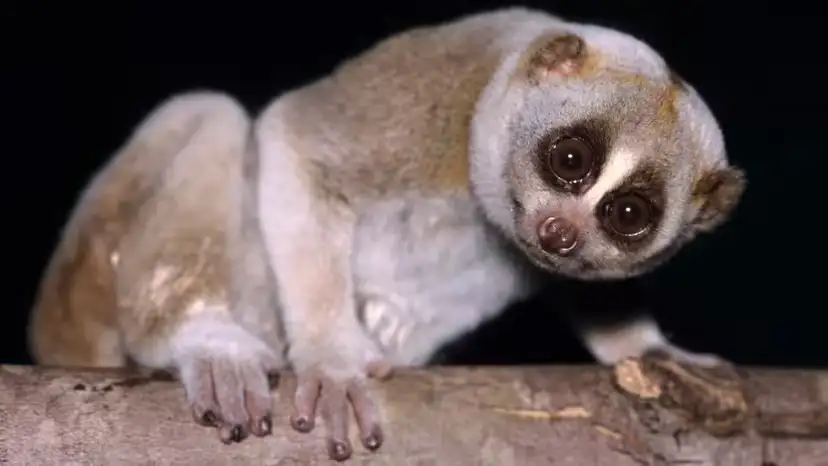
Despite their irresistibly round eyes, button noses, and plush fur, slow lorises (genus Nycticebus) are far from the harmless, cuddly creatures the internet makes them out to be. In reality, they are one of the few mammals on Earth with a truly toxic bite, and their gentle appearance masks a complex...
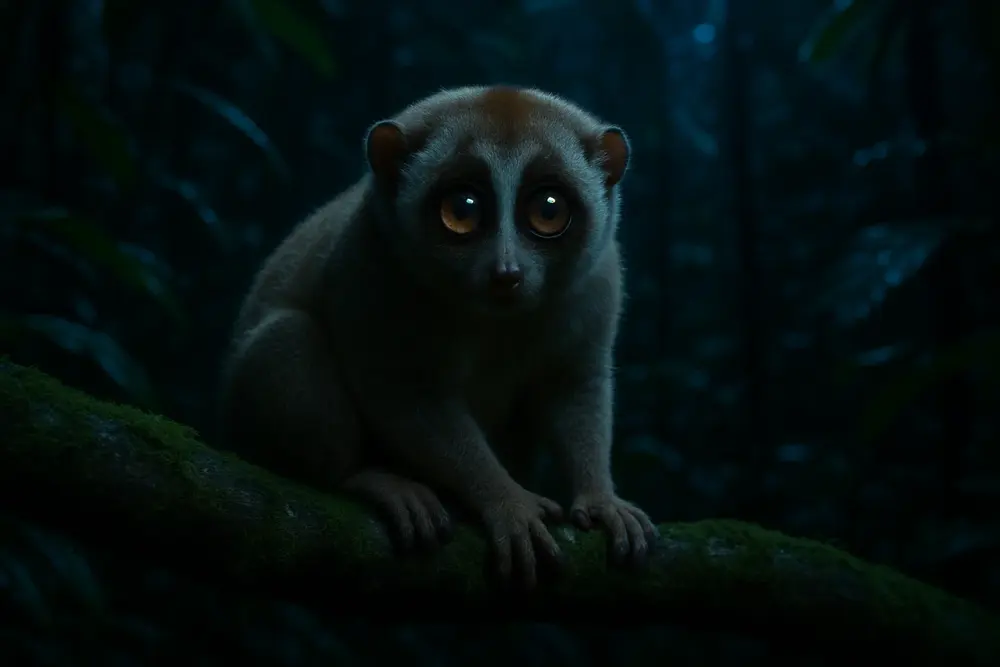
Introduction: Why People Search for "Loris Animal"People searching for "loris animal" are often drawn by curiosity and the unique appearance of this small, wide-eyed primate. Their search intent may include:General information and identificationUnderstanding behavior and habitatD...
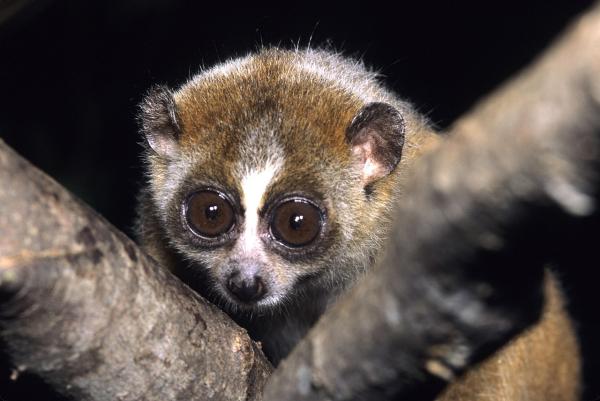
When we think of primates, gorillas and chimpanzees usually come to mind. However, the primate family is much more diverse—and one of its lesser-known members, the slow loris, stands out for a very peculiar reason: it’s the only known venomous primate in the world.Is the slow loris dangerous? Wher...
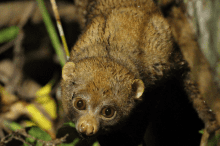
West African Potto (scientific name: Perodicticus potto) is also known as West African Potto and Western Potto. The 2008 IUCN Red List of Threatened Species classifies all potto monkeys as one species, Perodicticus potto, which includes three subspecies. However, morphological and genetic data, name...
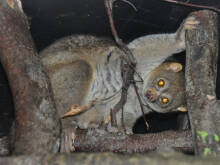
East African Potto (scientific name: Perodicticus ibeanus) is called East African Potto and Eastern Potto in foreign languages. There are two subspecies.East African Potto is a nocturnal animal, coming out at night and hiding during the day. It lives in trees. They walk slowly and carefully in trees...
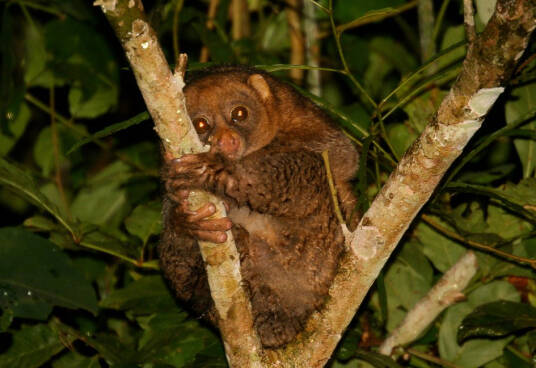
Central African Potto (scientific name: Perodicticus edwardsi), also known as Milne-Edwards's Potto and Central Potto in foreign languages, is a nocturnal animal that sleeps in the leaves during the day. It lives in trees and rarely moves on the ground. It is secretive, slow-moving, usually soli...
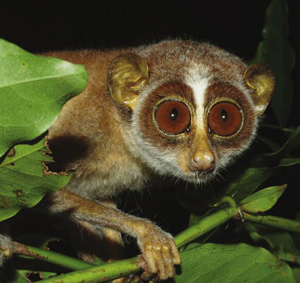
The red loris (scientific name Loris tardigradus), whose foreign names are Red Slender Loris, Slender Loris, Sri Lanka Slender Loris, Sri Lanka Wet zone Slender Loris, was formerly included in the "grey loris" (Loris lydekkerianus) and was promoted to fully independent in 2001 species stat...
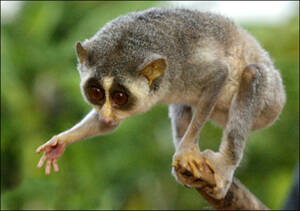
Gray Slender Loris (scientific name: Loris lydekkerianus) has five subspecies. Gray Slender Loris was once classified as a subspecies of Loris tardigradus, "Loris tardigradus lydekkerianus". In 2001, this classification was updated based on behavioral, geographical and morphological data....

The scientific name of the small golden bear monkey is Arctocebus aureus. It lives alone, is active during the day, and lives in trees. They move very slowly. They mainly eat insects and occasionally eat fruits. The gestation period is 130 days, and one cub is born per litter. The cub is mainly held...
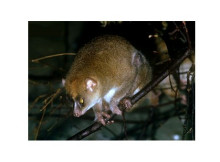
The scientific name of the golden bear monkey is Arctocebus calabarensis, and its foreign name is a kind of lemur. It is a member of the primate family Sloris.The golden bear monkey lives alone, is active during the day, and lives in trees. It mainly feeds on insects and occasionally eats fruits. Th...

The pygmy slow loris is the smallest prosimian species in China. It is very similar to the slow loris but smaller in size, only half the size of the slow loris.The habitat and living habits of the pygmy slow loris are similar to those of the slow loris. It is mild-tempered, nocturnal, arboreal, and...
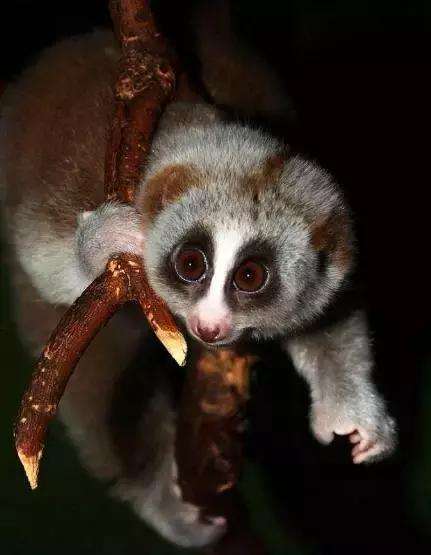
The slow loris is the largest of all species in the genus Sloris.Although the protection level of slow loris is very high, they are actually very inconspicuous animals in nature. Adult slow loris are only about 30 centimeters long and weigh less than two kilograms on average. Their overly petite siz...